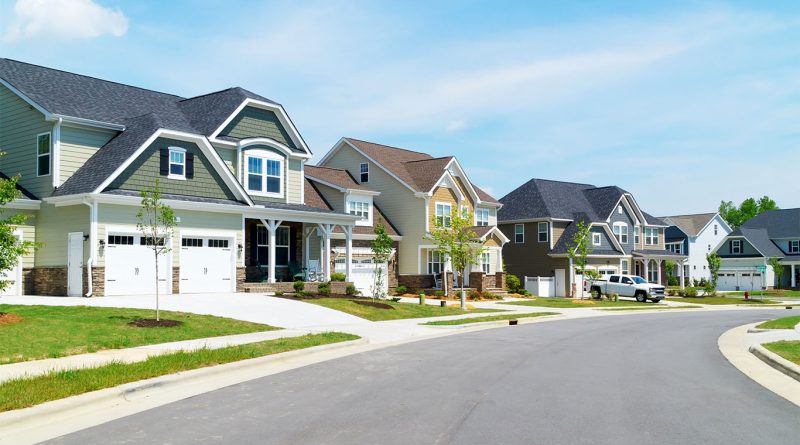The Vision of the 15-Minute City
In the ever-evolving landscape of urban planning, a compelling vision has emerged that seeks to redefine the way we inhabit our cities. The concept of the “15-minute city” has gained momentum, promising to revolutionize urban life by bringing essential amenities within a 15-minute radius of our homes. In this article, we delve into the 15-minute city movement, its goals, challenges, and potential to reshape the future of urban living.
The Global Trend
Cities around the world are embracing the idea of becoming 15-minute metropolises. From Paris, where Mayor Anne Hidalgo campaigned on this premise, to Sydney proclaiming itself a 20-minute metro, and American cities like Ann Arbor and Cleveland embracing similar concepts, the vision is clear – creating urban environments where residents can access housing, shopping, schools, and jobs within a 15-minute walk, bike ride, or transit journey.
At first glance, the 15-minute city appears to be a utopian dream, but it has faced its share of skepticism and resistance. Critics argue that not everyone’s workplace can be conveniently located within a 15-minute radius, potentially limiting job opportunities. However, proponents emphasize that this movement is about enhancing convenience and freedom, not isolation. The real question is how to strike a balance between accessibility and practicality.
The Urban Migration Phenomenon
To understand the significance of the 15-minute city, we must acknowledge the ongoing urban migration. In a matter of centuries, the world has shifted from predominantly rural living to urban dominance. By 2050, it is estimated that 70% of the global population will reside in cities. This migration has propelled economic growth, with cities hosting 80% of the world’s economic activity.
However, this success has come at a cost. Congestion, unaffordability, and the environmental impact of excessive car use have become pressing issues. Long commutes, often exceeding an hour, have become a daily ordeal for many. Notably, the morning commute ranks lowest in terms of personal satisfaction, contributing to stress and negative impacts on mental health.
The Birth of the 15-Minute City
The 15-minute city concept, conceived by Carlos Moreno in 2016, envisions a city where human well-being takes precedence in urban planning. It promotes sustainability and health by reducing car dependency and encouraging walking, biking, and the use of public transit. This model advocates for mixed-use zoning, breaking free from the car-centric development that has characterized many cities.
However, a fundamental tension arises: how can we accommodate millions of people within a 15-minute radius of all essential amenities and jobs? This challenge is rooted in Marchetti’s constant, a universal rule of human behavior that suggests people tend to travel no more than one hour per day. This concept has defined the size and structure of cities for millennia.
The Balance of Accessibility
The key to understanding the 15-minute city lies in distinguishing between commutes and other daily trips. While the ideal 15-minute city aims to offer proximity to both work and amenities, it’s crucial to recognize that not all jobs can be located within a 15-minute radius of every residence. The focus should be on optimizing access to amenities, which are relatively interchangeable, within a 30-minute radius.
In the United States, the challenge stems from decades of development centered around personal vehicles. Americans have become accustomed to driving, even for short trips, leading to increased greenhouse gas emissions, traffic congestion, and road safety concerns.
Rediscovering the First Suburbs
Surprisingly, the United States already possesses the groundwork for 15-minute cities in the form of its first suburbs. In the late 19th century, streetcar suburbs like Cleveland’s Shaker Heights and Atlanta’s Inman Park thrived with mixed-use development and efficient transportation. While the dominance of the automobile and restrictive zoning regulations altered the urban landscape, these first suburbs retained the potential to evolve into 15-minute cities.
The Path Forward
Achieving the vision of the 15-minute city requires a concerted effort from local communities and policymakers. Several crucial steps can pave the way for this transformation:
- Build More Housing Along Busy Corridors: Emulate the successful model of first suburbs by creating mixed-use developments near commercial hubs, facilitating easier access to amenities.
- Loosen Zoning Laws: Reduce restrictive zoning regulations to allow for more mixed-use neighborhoods and promote accessibility to amenities.
- Prioritize All Forms of Transportation: Focus on creating pedestrian, bike, and scooter-friendly environments to reduce reliance on cars.
The 15-minute city may not be a one-size-fits-all solution, but it offers a promising path towards more sustainable, accessible, and enjoyable urban living. By reimagining our cities with a focus on well-being, convenience, and reduced car dependency, we can usher in a new era of urban prosperity. The potential to create vibrant, interconnected communities within our cities is within our reach – we simply need to take the necessary steps to grasp it.
